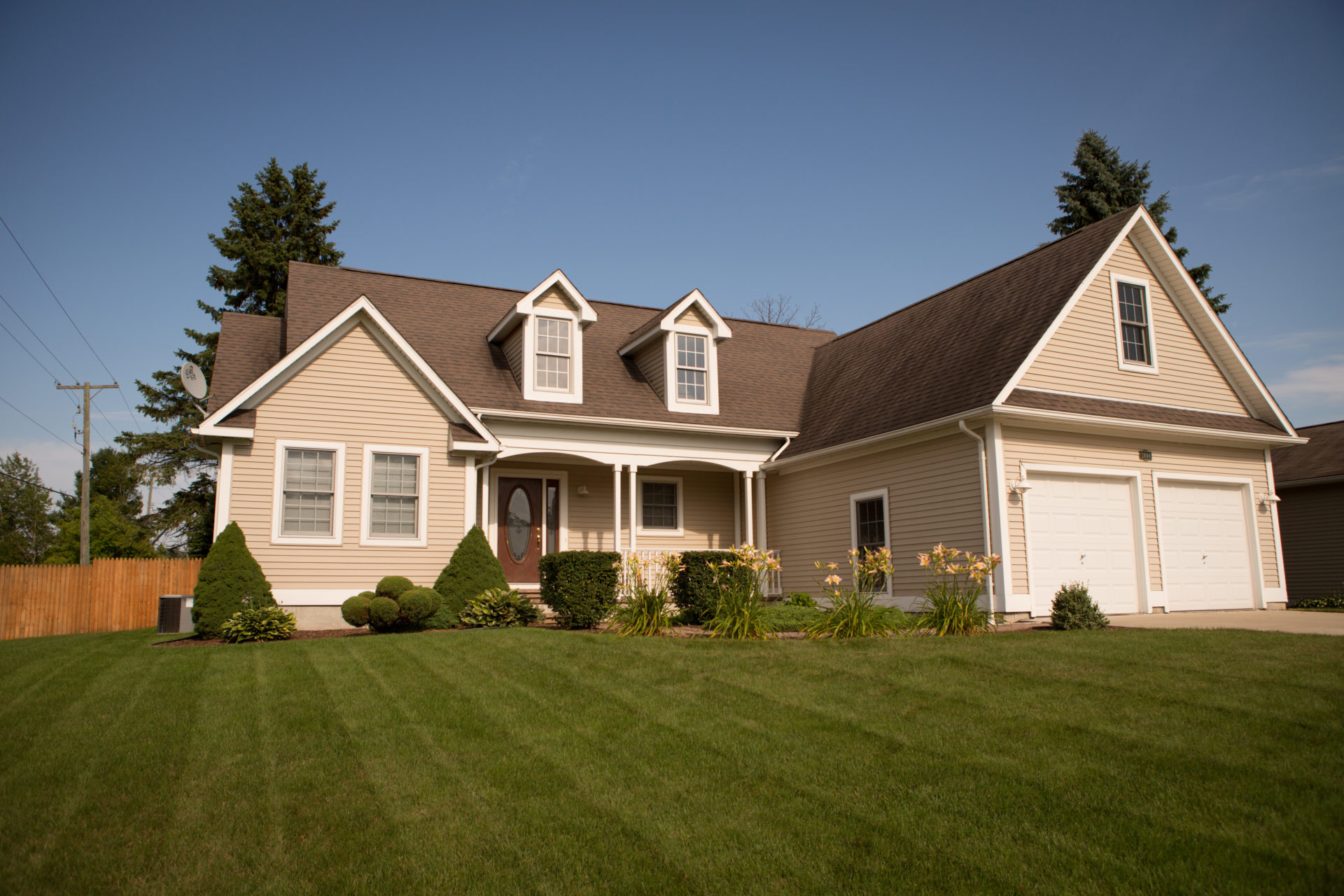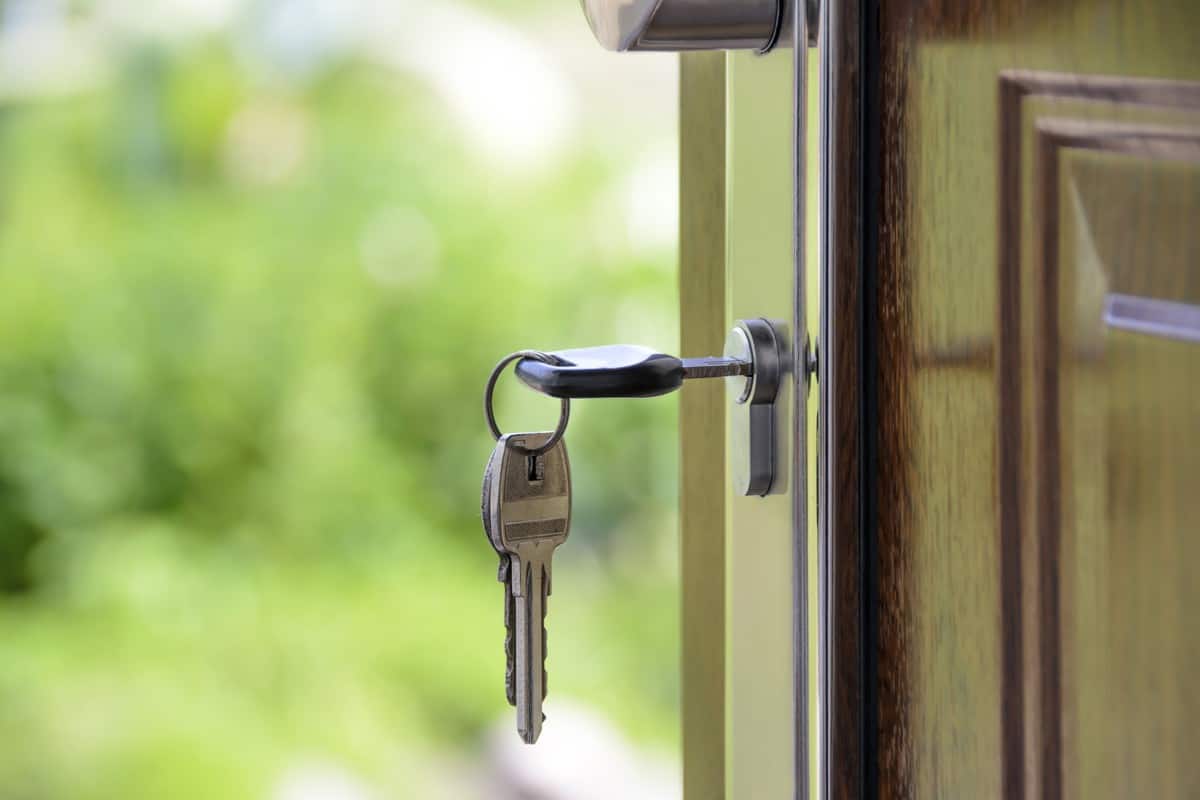For as long as I can remember, I’ve always wanted to be a homeowner. I started adding myself to local Realtors’ email lists before I turned 20. I researched neighborhoods, stopped by open houses, and even created a “homebuying” folder in my student email account — despite not having a steady job, money, or any credit history.
After graduation, I was living and working in Nashville, Tennessee. My salary and savings were still low, but a rare opportunity made my dream a reality.
In 2009, the government offered an $8,000 tax credit to first-time homebuyers.
Back then, you could still buy a home for under $200,000 in Nashville, which was still above my price range. After searching for countless hours, I found an adorable 1950s ranch house for only $166,900, and it was the most I could afford.
Although the down payment was only 3.5% with a Federal Housing Administration (FHA) loan, $5,841.50 was almost my entire life savings. The closing costs of $4,700 would wipe out the rest—a risky move for anyone buying an older property. But knowing I would receive an $8,000 check at tax time gave me the courage to make an offer.
Ready to seize the opportunity, I finally became a homeowner at 25 years old. While I don’t regret the decision, my lack of experience has led to some major homeownership mistakes. These ones are among the most costly — and here’s how you can avoid them.
Mistake No. 1: I Didn’t Attend the Home Inspection and Keep a Separate Home Repair Emergency Fund
After putting in a purchase offer, seven more bids followed from other buyers. These prospective buyers were eager for something to derail my sale so they could have a chance to buy the home. In a rush to close on the property, I sped through the final steps of the homebuying process, including one of the most critical — the home inspection.
I skipped the chance for a walk-through with the home inspector. It was a prime opportunity to learn more about the house — like the current state of the heating, cooling, and electrical systems. It was also a chance to learn some of the basic things, like where to find the shutoff valves for electric, gas, and heat.
By participating in the walk-through, I could‘ve gotten a better understanding of the home and its defects. Plus, seeing the issues up close may have motivated me to save for the big expenses to come.
Unfortunately, without a clear roadmap of what to expect for future repairs, I didn’t save a separate home repair emergency fund. For the first eight years, I managed to slip by without any major issues. But after about 10 years of owning the home, several things went wrong.
Squirrels chewed holes in the roof, which needed replacing along with the gutters. The squirrels also got into the attic and destroyed the aging insulation. A giant crack formed on the ceiling in my den, and patching wasn’t enough to fix it. There was also some electrical work I had ignored throughout the house.
The total cost of a new roof and gutters, fixing the attic, replacing all the insulation, air sealing, replacing the ceiling, and electrical work was over $21,000. Because I never saved a separate home repair emergency fund, I had to borrow the money. I’m still paying it off.
Cost: Lack of planning cost me over $21,000 in one year, and I felt incredibly stressed trying to pay for all these bills at once. For some breathing room, I applied for a couple of 0% interest credit cards. These cards offered me over a year to pay off the balances.
- New roof and gutters – $7,873
- New ceiling in den – $3,900
- Fixing squirrel damage – $3,602
- New insulation in attic – $2,575
- Improvements to air sealing – $1,690
- Various electrical projects – $1,500
How to avoid this mistake: Make time to attend the home inspection, take plenty of notes, and ask questions about the property. By knowing your home, it may be easier to plan for future repairs and maintenance.
As soon as you move into a new home, start saving for a separate home repair emergency fund. Aim to set aside 1% to 4% of your home’s value per year, suggests Lindsay Youngbauer, a certified financial planner in Nashville. If I had started saving years ago, these repairs wouldn’t have been such a huge financial burden.
Mistake No. 2: I Didn’t Consider Property Lines
One of the things I love about my property is privacy from my neighbors. There are plenty of trees, bushes, and brush along the property lines, offering a natural barrier between homes. I never considered the exact property lines until someone started building a fence—which felt like an invasion.
To try and resolve the issue, I asked a local real estate attorney for guidance. Although the deeds indicated my neighbor might have been right, he suggested paying for an independent property survey to be sure. Because I couldn’t afford to get an independent survey in addition to paying the attorney, I eventually gave up.
Cost: I spent about $500 on advice from a local attorney.
How to avoid this mistake: The best way to be clear on your property lines is through a land survey, which may cost between $338 to $670, according to a 2020 HomeAdvisor report. When you buy a home, check with the seller and their title company to see if there is already one on file. Otherwise, you may have to pay for a survey on your own. You can find a surveyor through the National Association of Professional Surveyors.
Mistake No. 3: I Didn’t Have a Cohabitation Agreement With My Long-Term, Unmarried Partner
When I was young and in love, asking my partner to move in seemed like a savvy move. We were already spending every night together. Why not share a living space and split the bills?
A few months after I bought the home, he moved in with nothing but a handshake deal between us. When the relationship ended, it was difficult to unwind years of joint expenses, shared purchases, and moving logistics. It was a nightmare to sift through everything on top of a painful breakup.
Cost: I spent over $11,000 to reimburse my ex-partner for expenses he contributed to throughout our 10-year relationship. It was a massive financial burden, especially paired with the home repairs in the same year.
Although we kept excellent records of every shared expense, it took about a month to agree on the final numbers. I agreed to pay him 75% when he moved out and the remaining 25% once he removed the rest of his belongings from my garage.
I emptied my emergency fund and worked as much as possible for three or four months to cover the first payment. The second payment — about $3,000 — was due to be paid at the end of March 2020.
How to avoid this mistake: Regardless of who moves in, you need to protect each other with a written agreement. Depending on your relationship, ask them to sign a lease for a roommate or cohabitation agreement for an unmarried partner. For extra assistance, speak with a local real estate attorney.
The Bottom Line: Treat Your Home Like a Big Financial Responsibility
If you’re anything like me, you may be eager to choose paint colors or plan dinner parties after buying a home. But it’s also important to focus on the upcoming responsibilities of owning a home. You can avoid my biggest mistakes by planning ahead.
Attend the home inspection and know your property lines. Be sure to protect your home with sufficient insurance and a big enough home repair emergency fund. If someone else moves in, always have them sign a lease — even when it’s your partner. None of these things takes a lot of time, and they may prevent some major headaches later.



